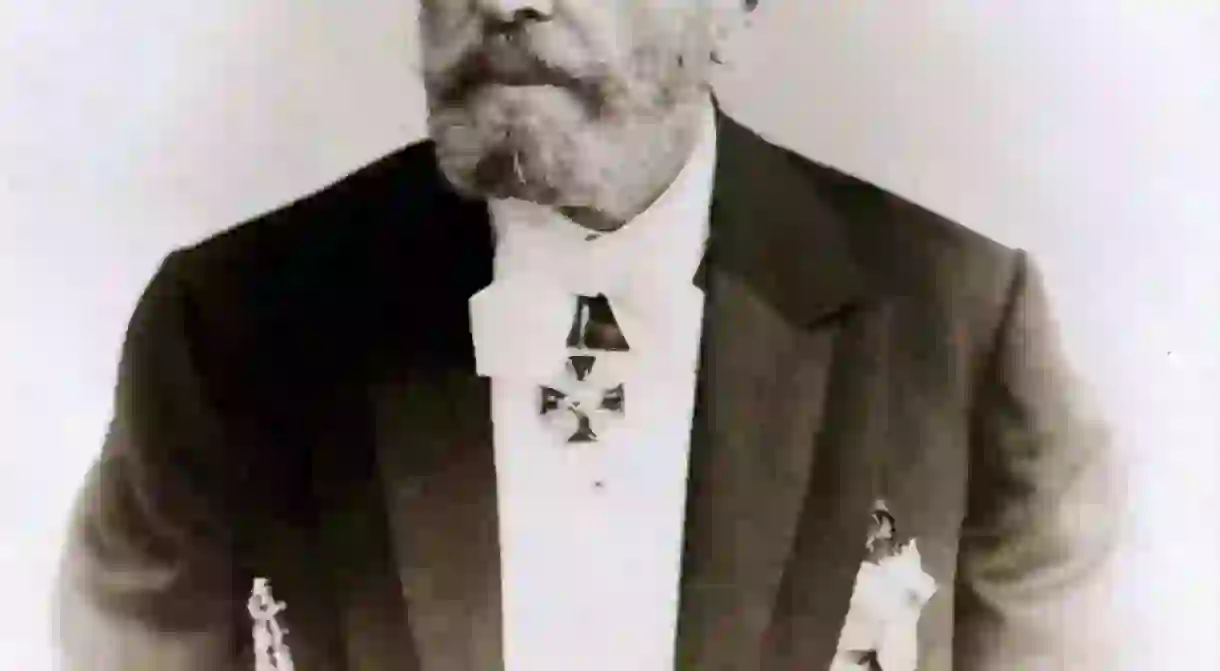7 Iconic Ballets by Marius Petipa

French-born ballet dancer and choreographer Marius Petipa (1818-1910) found himself in Russia as an adult, where he created some of the most iconic ballets in the history of the art form. Following his father’s path, Petipa became a ballet dancer, slowly making his way to a career in choreography. His years in Russia were the most fruitful of his life and resulted in the creation of more than 60 ballets. Here are just a few of his most iconic works.
Swan Lake
This is among few ballets that don’t need an introduction. Petipa was 77-years-old when he created Swan Lake. Danced to the genius score by Petr Tchaikovsky, the piece has an immense amount of dramatic beauty, tension of visual and musical expression, charming national dances and, of course, the conflict between the White Swan and Black Swan. Swan Lake is considered one of the biggest international classics of all time.

Don Quixote
Don Quixote premiered at the Bolshoy Theatre in Moscow in 1869. Petipa choreographed the story, based on the classic novel by Miguel de Cervantes, to music composed by Ludwig Minkus, and it has become one of the most beloved ballets in Russia. During the course of the piece, the dancers have multiple of opportunities to show the whole palette of emotions.

The Sleeping Beauty
Petipa and Tchaikovsky brought the world more than one amazing ballet; in their first collaboration, they based The Sleeping Beauty on the fairy tale of the same name, written by Charles Perrot. Before he began composing, Tchaikovsky asked for a detailed plan of the choreography, so Petipa drew up the dance scenarios he envisioned. Once Tchaikovsky completed the music, some dances were adapted to ensure each move, jump and turn followed and interpreted the musical pattern.

Giselle
Petipa reimagined this ballet with Russian ballet legend Anna Pavlova in the titular role, and their rendition became a classic. Giselle was also one of the ballets shown during Serge Dyagilev’s famous Russian Seasons in Paris and London.

La Fille du Pharaon
This ballet was Petipa’s first big success in Russia. Based on the novel by Théophille Gautier The Romance of a Mummy, the fantasy tells of an Englishman on holiday in Egypt who has a hallucinatory dream during which he travels back in time and falls in love with the pharaoh’s daughter. The pair have some breath-taking adventures together.

The Nutcracker
Petipa prepared the libretto and choreography for this ballet, again working closely with Tchaikovsky. It is fair to say that every collaboration between these two artists resulted in truly genius ballet. The Nutcracker, which premiered in 1892, is a classic, not only in Russia, but around world.

La Bayadère
Based on the ancient legend about Bayadère and her tragic love, this ballet won the hearts of audiences with its emotion and aesthetics. Petipa’s choreography is enriched with music by Ludwig Minkus – a combination that leaves little chance of failure.














